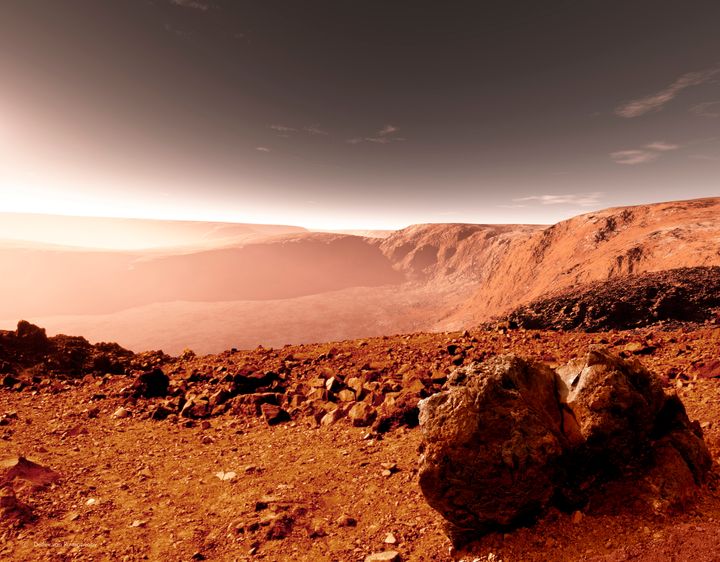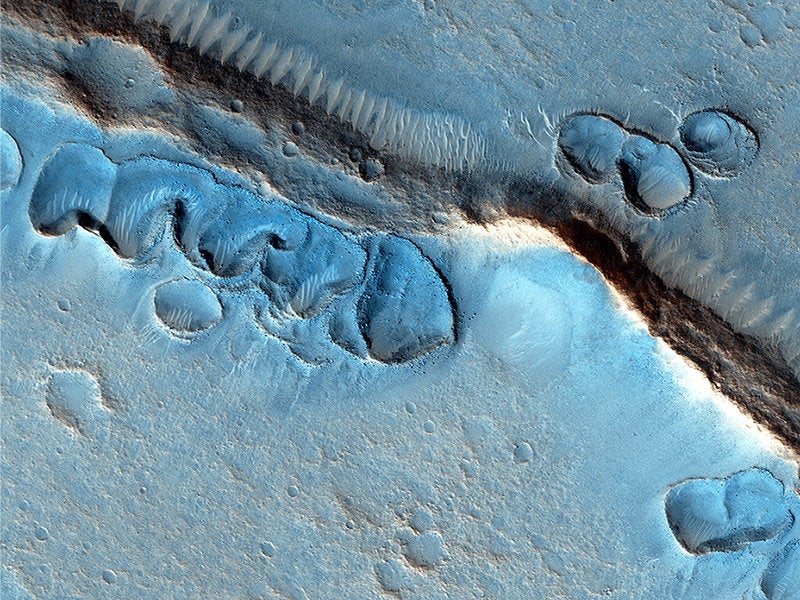
In a dystopian future where we’ve depleted the shrinking resources of our home planet and a few lonely, intrepid survivors are trying to eke out an existence on Mars, at least the vegetables won’t kill us. Probably.
New research from scientists at Wageningen University in the Netherlands found that radishes, peas, tomatoes and rye grown in soil formulated to simulate the soil on Mars were safe to eat. The "Mars" dirt was enhanced with some organic matter from Earth that isn't present in soil from the red planet. The researchers have said previously that people colonizing Mars could theoretically bring small amounts of organic matter with them to assist in growing crops.
For the study, researchers grew 10 different crops in the Mars-like soil. Some scientists feared that the heavy metals present in the dirt — like lead, copper and cadmium — would contaminate the food. But researchers announced Thursday that the four items they tested were were safe for human consumption, based on standards set by the Dutch Food Agency and the U.S. Food and Drug Administration. More funding is needed to test the remaining six crops.
"These remarkable results are very promising" ecologist Wieger Wamelink said in a news release.
But don’t sign up for a Martian gardening class just yet.
The study has not yet been formally written up or published, ecologist Wamelink told The Huffington Post in an email, which means it hasn’t been peer-reviewed. With no written study, other scientists cannot critique the researchers' methodology. And of course, nothing has been tested with real Martian soil yet.
The research is funded in part by a crowdfunding campaign. Once they find out whether all the food is safe to eat, the scientists plan to host a dinner for people who supported their funding campaign.
Though Mars One — a private Dutch organization dedicated to establishing a permanent human settlement on Mars by 2026 — helped Wamelink’s team with publicity, the group did not provide any financial support, he said. NASA officials and MIT engineers have criticized Mars One as unrealistic.

